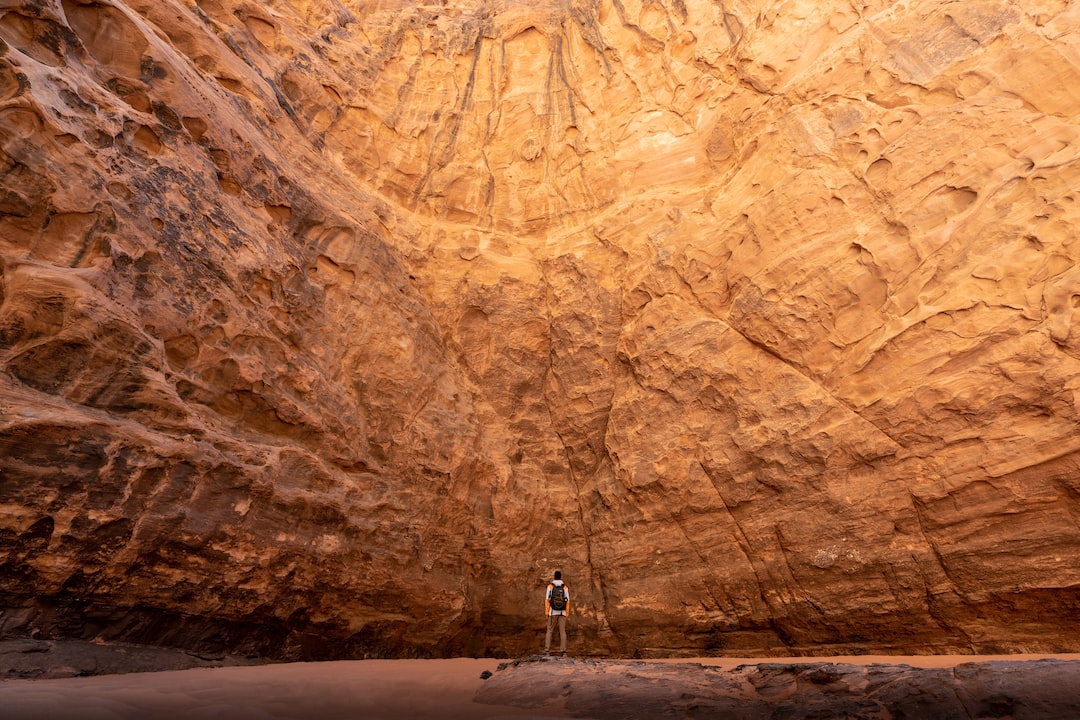When it comes to hiking, choosing the right backpack is crucial. A great backpack will provide you with the necessary comfort and support you need on the trails, while also keeping your gear organized and accessible. However, with so many options on the market, choosing the right backpack can be an overwhelming task. To help you make the right decision, we’ve put together a guide on how to choose the right backpack for hiking.
1. Backpack Fit
The first and most critical factor you should consider when choosing the right backpack for hiking is the fit. You want a backpack that sits comfortably on your shoulders and back, distributes weight evenly, and provides enough support to prevent injuries.
One way to test backpack fit is to try it on with weight. Most outdoor specialty stores will have weights you can use to give you a sense of how the backpack feels when it’s fully loaded. When you try on a backpack, make sure the waist belt sits firmly on your hips without too much pressure on your shoulders. Also, make sure the backpack has padded straps and a padded back panel for added comfort.
2. Capacity
The capacity of your backpack depends on the length and type of hike you’re planning. If you’re doing a day hike, a smaller backpack with a capacity of 20-30 liters is sufficient. For overnight hikes, a backpack with a capacity of 35-50 liters is necessary. For multi-day hikes, a 50-70 liter backpack is necessary to carry all your equipment, food, and clothes.
When selecting a backpack, don’t go too big. A backpack that’s too large will be bulky and weigh you down, leading to fatigue and pain. On the other hand, a backpack that’s too small will not accommodate all your gear, making for an unpleasant hike.
3. Features
The features of a backpack can make or break your hiking experience. Look for a backpack with features that will suit your needs. The following features are essential:
– Compartments: Look for a backpack with multiple compartments to organize your gear. A top-loading compartment, a front-loading compartment, and side pockets are essential for keeping all your gear organized.
– Straps: Look for backpacks with padded straps to prevent chafing and added comfort. Straps should also be adjustable to fit your body. The sternum strap and waist belt are also necessary features that will provide you with added stability and support.
– Water Resistant: A backpack that’s water-resistant is ideal for hiking in wet and rainy conditions. It’s important to keep your gear dry, and a water-resistant backpack will do just that. Look for backpacks made from materials such as nylon or polyester, which are water-resistant.
– Compression Straps: Compression straps are essential for stabilizing the backpack and reducing the weight. Look for backpacks with multiple compression straps to adjust the weight distribution.
4. Brand
Brand is an essential factor to consider when selecting a backpack. There are many reputable brands that specialize in outdoor gear, and choosing the right brand will ensure you get a backpack that’s high-quality and durable.
Brands such as Osprey, Deuter, and Gregory are known for producing high-quality backpacks that are comfortable, supportive, and durable. These brands also offer reliable warranties to ensure you get the most out of your backpack.
5. Price
The price of a backpack can vary from $50 to $500, depending on the size, brand, and features. It’s important to choose a backpack that falls within your budget. It’s also important not to compromise on quality just to save a few bucks. Investing in a high-quality backpack will ensure you get the most out of your hiking experience and save you money in the long run.
Conclusion
Choosing the right backpack for hiking is essential for a comfortable and enjoyable hike. You want to select a backpack that’s comfortable, supportive, and durable. Make sure you consider factors such as fit, capacity, features, brand, and price when choosing a backpack. With the right backpack, you’ll be ready to hit the trails and explore the great outdoors.

